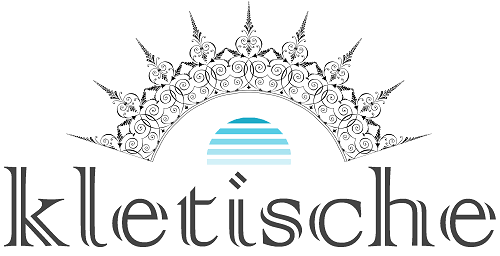Why Giving Pointers After the Fact Is Better Than Giving Advice Going Forward
Many people confuse feedback with advice, but they are not the same thing. Feedback is a response to an action that has already been taken, while advice is a suggestion for a future action. Feedback vs advice is a crucial distinction for anyone who wants to learn, grow, and improve.
In this article, you will discover why feedback is important, how to give effective feedback, and when to use feedback after action instead of advice before action. You will also learn about the benefits of feedback for both the giver and the receiver, and how to avoid the pitfalls of sacrificing autonomy for information. Whether you are a teacher, a student, a leader, or a follower, this article will help you understand the power of feedback and how to use it wisely.
